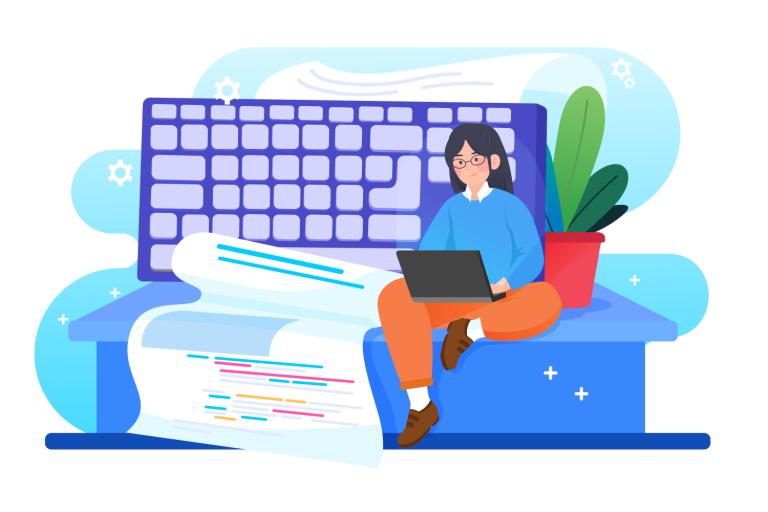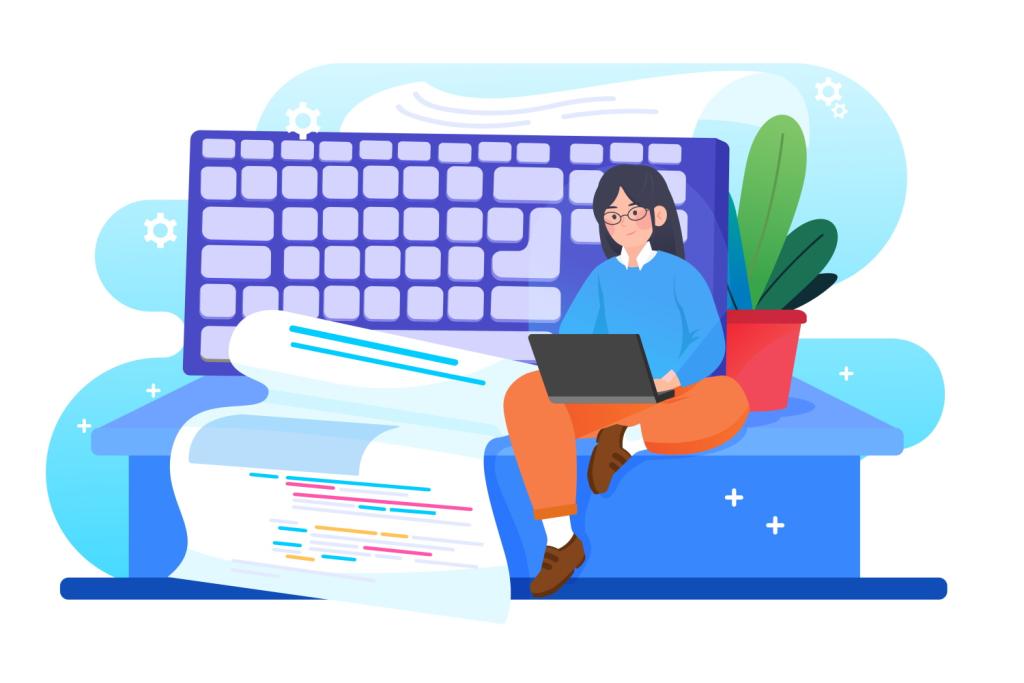If you’ve been thinking about booking our services for your software development project this year, one term you may hear used during our work is the user story.
In this blog post, we’re going to share everything you need to know about user stories. We’ll discuss why this is such an important thing to keep in mind during our work and how we’ll use it to create a piece of bespoke software that will become an integral part of your way of working in the future.
What is a user story?
When we talk about the user story in software development, we refer to a general explanation of a feature from the end user’s point of view. This helps to always keep in mind the customer’s expectations. We’ll then make decisions based on whether a feature will add value to their life. While you might think you need to add certain features to your software, if they don’t benefit your end-user, it might be a complete waste of time and money.
If you are planning to build software for your company this year, you need to put other people first. The user will be the one who benefits from this way of thinking the most, and you’ll find that customer satisfaction is so much higher because of this. Of course, your end-user could be your internal employees, but it might also be a paying customer. This will vary completely based on the project we collaborate with you on.
User stories are critical for any team to understand. We’ll work to get everyone involved in your project familiar with the user story. This will drive their work each day and result in better creativity and collaboration.
User stories in agile development
Within the agile methodology, you’ll find the user story is one of the end goals of the project. It’s not a feature that we work on, and instead, we will write it from your user’s perspective. Don’t be put off by writing this story, as it only needs to be a few sentences long. It doesn’t need to include any technical language, and you’ll simply share what your hopes are for your project.
We use user stories within a variety of agile frameworks. Scrum and Kanban are popular agile frameworks, where the user story will help to guide the work during the duration of our time working together. It can help to manage the work in progress within Kanban and give scrum teams a better indication of how long each sprint will take.
Why should you create a story?
Many businesses are looking to create software with our help without having to take on too much extra work. This is something we completely understand, and it’s one of the top reasons you might outsource your work to our team. However, writing the user story is one of the main things we’ll ask from you at the beginning of our collaboration. There are so many benefits for everyone in the project when we write a user story.
A user story will help to keep everyone involved in the project’s focus on the user and encourage more collaboration and help to serve the user with every feature we add. User stories can also help to boost creativity. They encourage teams to think outside of the box and come up with new solutions for projects. You’ll find that your team’s motivation also increases. With each small victory to help serve your end-user, you’ll find momentum increases to finish the project.
Adding a story to your workflow
After the work of writing the user story is complete, you now need to integrate it within your workflow. We usually ask the product owner or product manager to write the user story. Then other members of the team will review it. You might opt to match a user story with a specific sprint. This can help to give more focus to the work.
We encourage you to break up your user story based on the current sprint we are working on. This will give the whole project far more focus and ensure we continually meet and exceed your goals. A user story will act as a guiding light on even the toughest of days within your work. It is a good idea to get a rough idea of how to write a user story so you can more easily communicate your requirements.
Top tips for writing a user story
There are a few things to keep in mind when writing a user story. The main aim of it is to share your definition of done so you know when the task is complete. Outline the tasks that will help you to get to this finish line and share who is responsible for their completion.
Some projects have multiple end-users. If that’s the case, a few different stories are often needed. Each story should just be one step in the larger process. While you don’t necessarily want to refer to time or deadlines, you should keep in mind how many user stories you can be worked on at the same time. The user stories will be shared with our and your teams to ensure everyone understands the focus and aims of the project.
Final thoughts
Writing a user story will help to align everyone’s goals for an upcoming sprint or project. BSPOKE Software will be here to guide you through the process of writing user stories. We will ensure we are on the same page for the entirety of our time working together.
Are you looking to increase your productivity this year with a new piece of software? Contact our team today for more information about working together on your next software development project.

